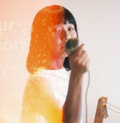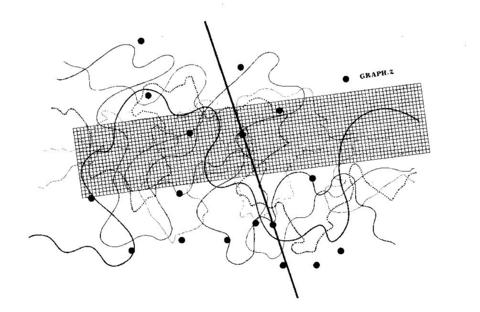
MORTON SUBOTNICK (b. 1933, Los Angeles) is a pioneer in the field of electronic music as well as an innovator in works involving instruments and other media. He was the first composer to be commissioned to write an electronic composition expressly for phonograph records, Silver Apples of the Moon (Nonesuch, 1967), a work that was later choreographed by the Netherlands Ballet, Ballet Rambert of London and the Glen Tetley Dance Company. Subotnick was co-founder of the San Francisco Tape Music Center (now at Mills College) and was Music Director of Ann Halprin’s Dance Company and the San Francisco Actor’s Workshop. He served as Music Director of the Lincoln Center Repertory Theatre during its first season and was director of electronic music at the original Electric Circus on St. Mark’s Place in New York City. Subotnick has held several faculty appointments, including Yale University, and was Composer-in-Residence in West Berlin under the auspices of the DAAD. Since 1970, he has chaired the composition department of the California Institute of the Arts.
PARALLEL LINES is one of Subotnick’s “ghost” pieces for live soloist and electronics. The ghost series is a unique method of blending electronics with live performances so that the effect of the electronics is not audible unless the performer is making a sound. The electronic ghost score is a digital control system which activates an amplifier, a frequency shifter, and a location device. These process the instrumental sound according to the plan of each composition. The ghost electronics were made possible by a Creative Arts grant from the Rockefeller Foundation, and were designed by Donald Buchla to the composer’s specifications and constructed by John Payne at the California Institute of the Arts. Other ghost pieces include Last Dream or the Beast for singer and tape, Liquid Strata for piano, The Wild Beasts for trombone and piano, Passages of the Beast for clarinet, and Two Life Histories for male voice and clarinet. The composer writes:
PARALLEL LINES was commissioned by Laurence Trott and the Piccolo Society. The title has to do with the way in which the ‘ghost’ electronics interact with the piccolo. In previous ‘ghost’ pieces the electronics were used to produce an acoustic environment within which the solo manifested itself, but in this case the ‘ghost’ score is a parallel composition to the piccolo solo. The ghost score amplifies and shifts the frequency of the original non-amplified piccolo sound. The two (‘ghost’ and original piccolo sounds), like a pair of parallel lines, can never touch, no matter how quickly or intricately they move.
The work, a continuation of the butterfly-beast series, is divided into three large sections: (1) a perpetual-motion-like movement in which all parts play an equal role; (2) more visceral music, starting with the piccolo alone and leading to a pulsating ‘crying out,’ and (3) a return to the perpetual motion activity, but sweeter.[from ANABlog]
Morton Subotnick – Parallel Lines – Laurence Trott, piccolo soloist
Members of the Buffalo Philharmonic and Buffalo Creative Associates; Michael Tilson Thomas, conductor


